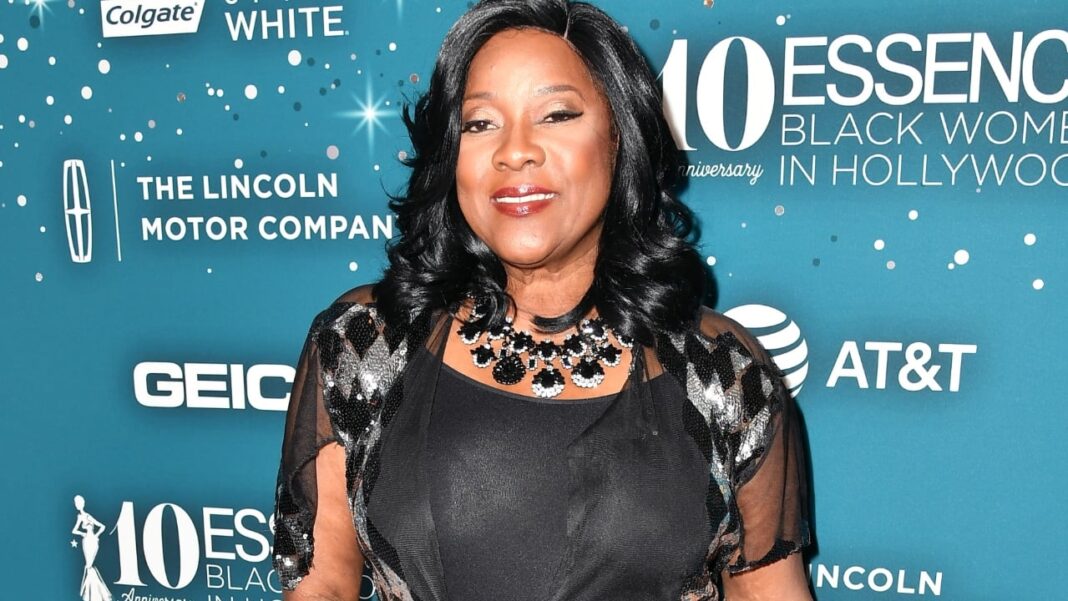Loretta Devine: A Voice for Change and Creativity in Theater
Loretta Devine has once again reminded us why her voice carries weight both on and off stage. Recently, she attended the DIVA Foundation’s 35th annual “DIVAS Simply Singing! Raising Health Awareness” event, which aims to raise vital funds for programs supporting HIV/AIDS prevention and addressing other health disparities in marginalized communities. At this star-studded event, Devine took the opportunity to reflect on a topic close to her heart: the return of “Dreamgirls” to Broadway more than 40 years after its debut.
The DIVA Foundation and Its Mission
The DIVA Foundation, founded by the remarkable Sheryl Lee Ralph, plays a crucial role in raising awareness and funds for health-related issues affecting underserved groups. This annual event not only showcases incredible talent but serves as a platform for dialogue on important health topics. Devine’s participation highlights her commitment to activism, bringing attention to pressing health concerns through the arts.
Devine’s Thoughts on Broadway Revivals
Upon hearing about the revival of “Dreamgirls,” Devine expressed her mixed feelings, showcasing both humor and sincerity. “Why can’t these young people make up their own shows? Why they keep doing this old stuff?” she quipped, eliciting laughter while also shedding light on a topic that paints a stark picture of today’s theatrical landscape. Her comments resonated widely, sparking discussions online about a recurring theme in the entertainment industry: the reliance on remakes and revivals rather than fostering new creativity.
A Mixed Response from the Public
Social media exploded with a whirlwind of reactions following Devine’s comments. Some users defended the nostalgia surrounding classics, arguing that revivals introduce timeless tales to new generations. One Twitter user stated, “Theater is the one place where they’re supposed to keep redoing the same play/musical… that’s kind of the point.” This sentiment underscores the tradition of revisiting significant works in theater, which allows new audiences to experience celebrated narratives.
However, many echoed Devine’s concerns. Users articulated their frustration with the lack of originality, asking, “Where are the new stories?” This question is not only relevant to theater but to all forms of media, revealing a growing discontent with a perceived stagnation in creative output.
The Financial Implications of Creativity
Beyond personal opinions lies a critical issue: financial backing for new works. Many users pointed out that while the desire for originality exists, financial risks deter producers from investing in new shows. One user remarked, “The real answer is that people aren’t getting funded. The creatives are there with new work and new ideas, but original material isn’t being funded because it’s fiscally risky.” This practical barrier sheds light on why the industry continues to circle back to previously established intellectual properties, as they promise more secure returns.
Nostalgia vs. New Narratives
The ongoing conversation highlights the delicate balance between the beloved nostalgia of classic theater and the urgent need for fresh narratives. While revivals bring comfort and familiarity, they can overshadow new voices that deserve a platform. It’s essential for audiences to support emerging talents and original creations, ensuring the future of theater thrives with diverse stories.
Fostering New Talent
By broadening their support, viewers can help revive the creative landscape. The discourse initiated by Devine’s comments positions audiences as active participants in the evolution of theater. Engaging with new works not only celebrates artistic innovation but also ensures that tomorrow’s classics have a chance to emerge today.
Devine’s reflections at the DIVA Foundation event serve as a powerful reminder of the challenges and opportunities facing the theater community. It’s a call to action for creators and audiences alike to champion new voices while honoring the legacy of the past. In navigating the intersection of nostalgia and innovation, the theater can carve a vibrant path forward, celebrating both its rich history and its promising future.



